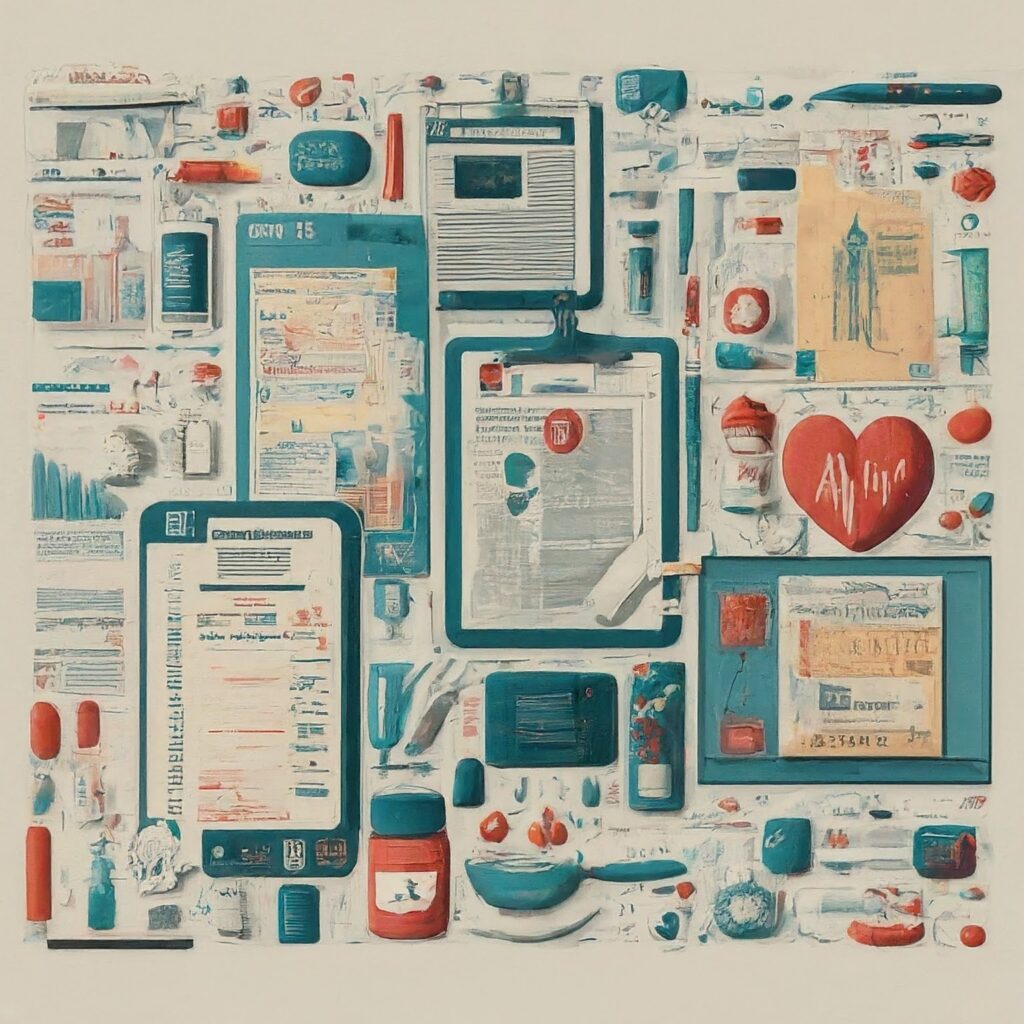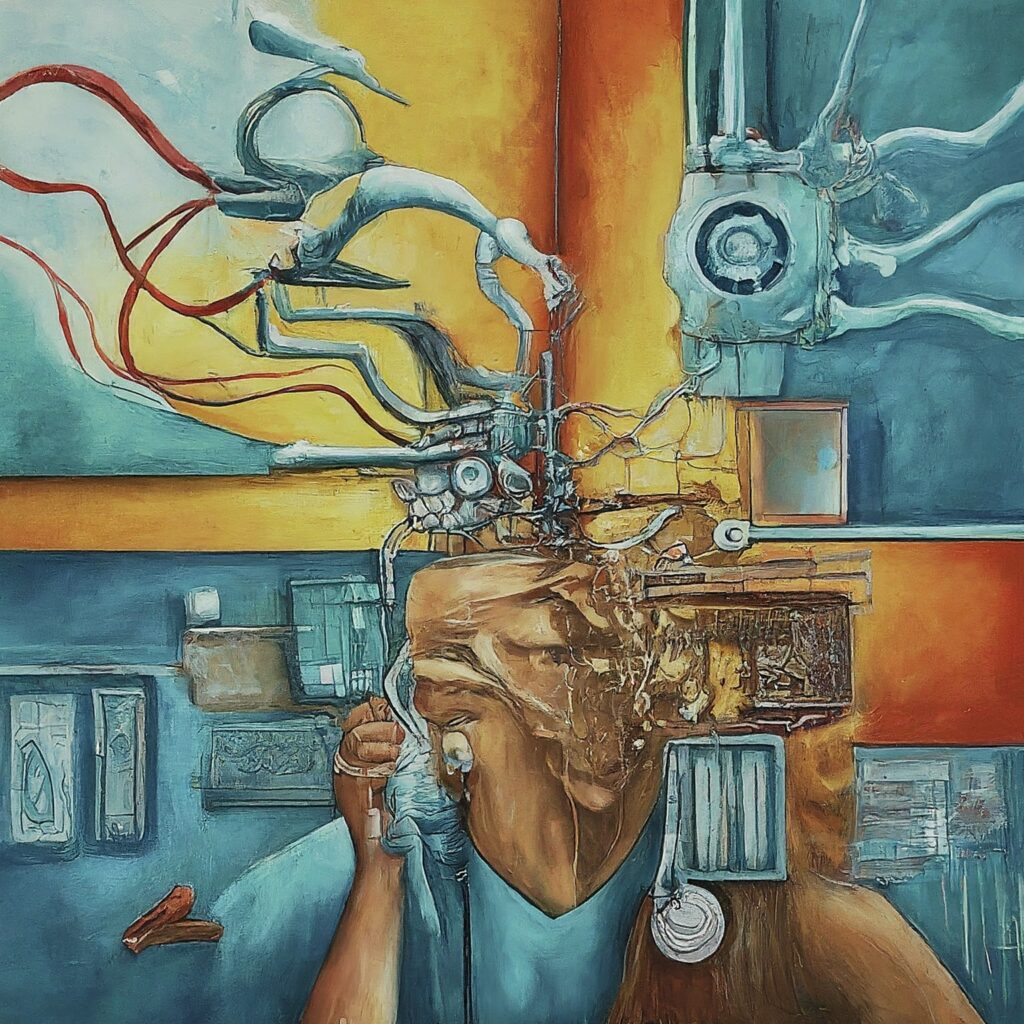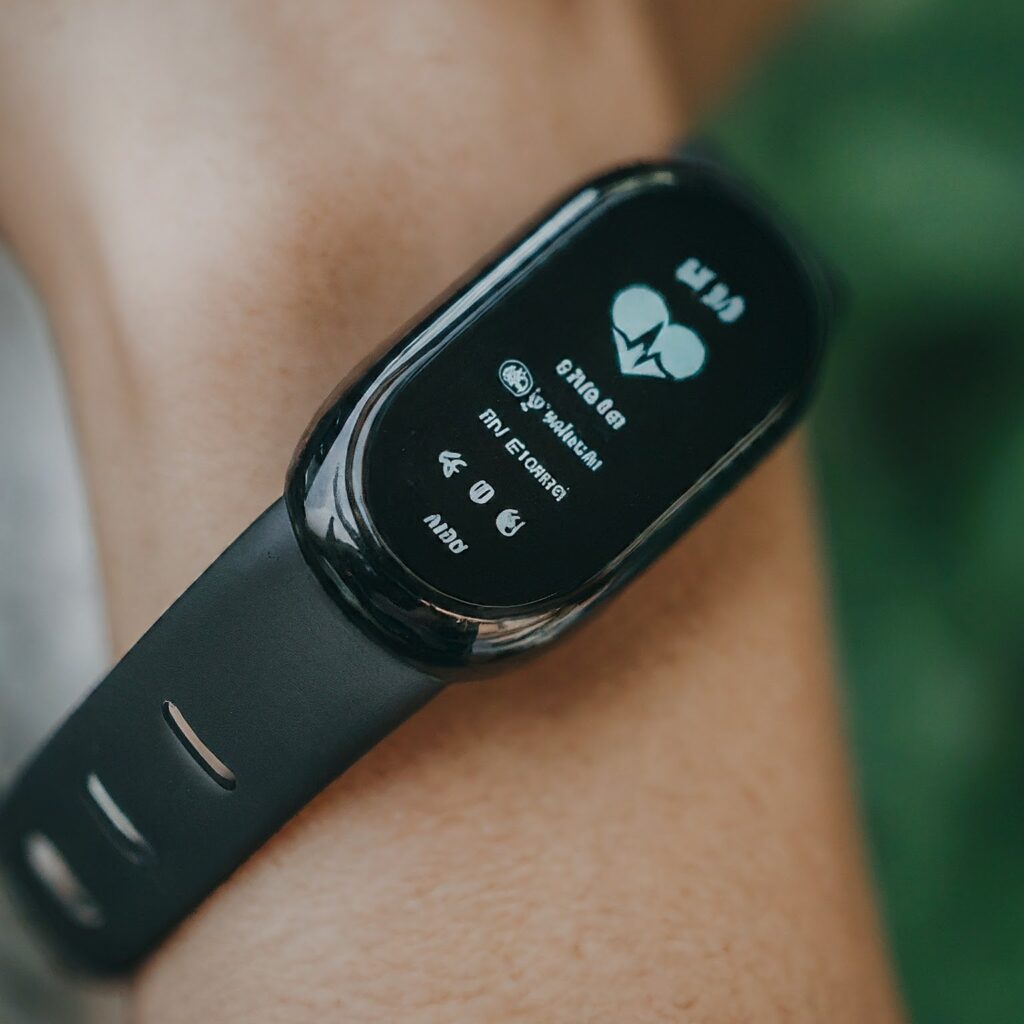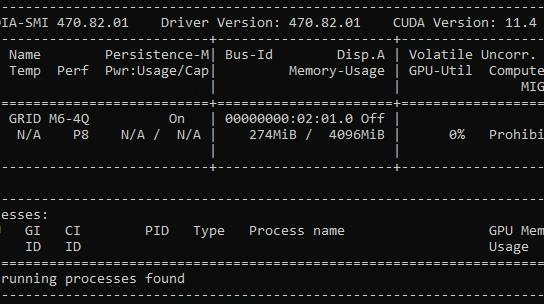In today’s digital age, technology is revolutionizing nearly every aspect of our lives, and healthcare is no exception. The question “What is health information technology?” encompasses a wide range of innovations that are transforming the healthcare landscape. From electronic health records (EHRs) to telemedicine, health information technology (HIT) is at the forefront of modern healthcare, driving improvements in efficiency, patient care, and data management. In this comprehensive blog post, we’ll explore what health information technology is, its key components, benefits, challenges, and its future outlook.

Table of Contents
Understanding Health Information Technology
What is Health Information Technology?
Health Information Technology (HIT) refers to the use of technology to manage and analyze health data. It encompasses a variety of tools and systems designed to improve the quality and efficiency of healthcare delivery. HIT includes electronic health records (EHRs), health information exchanges (HIEs), telemedicine platforms, and various other digital tools that help healthcare providers and patients interact more effectively.
Key Components of Health Information Technology
To fully grasp what health information technology is, it’s crucial to understand its core components:
- Electronic Health Records (EHRs): These digital records replace traditional paper charts, allowing for the storage, retrieval, and sharing of patient information electronically. EHRs streamline data management and improve the accuracy of patient records.
- Health Information Exchanges (HIEs): HIEs facilitate the sharing of patient information between different healthcare organizations. This interoperability enhances care coordination and reduces the chances of medical errors.
- Telemedicine: This component involves the use of video conferencing and other remote technologies to provide medical consultations and services. Telemedicine increases access to care, especially in rural and underserved areas.
- Clinical Decision Support Systems (CDSS): These systems provide healthcare professionals with evidence-based guidelines and alerts to assist in clinical decision-making. CDSS improves patient outcomes by offering timely and relevant information.
- Personal Health Records (PHRs): PHRs are managed by patients themselves, allowing them to track and manage their health information. This empowers individuals to take a more active role in their healthcare.
- Health Data Analytics: This involves analyzing large sets of health data to identify trends, improve patient care, and inform public health initiatives. Advanced analytics can lead to better health outcomes and more efficient healthcare systems.
Benefits of Health Information Technology

Enhanced Patient Care
One of the primary reasons behind the development of HIT is to improve patient care. By providing healthcare professionals with accurate and up-to-date information, HIT ensures that patients receive better diagnoses and treatment plans. EHRs, for instance, offer a comprehensive view of a patient’s medical history, which helps in making informed decisions.
Improved Efficiency
Health information technology streamlines various administrative and clinical processes, leading to increased efficiency. Automated scheduling, billing, and documentation reduce the administrative burden on healthcare providers, allowing them to focus more on patient care.
Better Data Management
Managing health data can be challenging, especially with the volume and complexity of information involved. HIT solutions such as EHRs and health information exchanges facilitate the organization, storage, and retrieval of health data, making it more accessible and manageable.
Increased Accessibility
Telemedicine and other digital health solutions increase access to healthcare services, particularly for individuals in remote or underserved areas. This not only broadens the reach of healthcare services but also addresses disparities in access to care.
Enhanced Communication
Effective communication between healthcare providers is crucial for delivering high-quality care. HIT improves communication through shared digital records and collaborative platforms, ensuring that all members of a patient’s care team are on the same page.
Challenges in Health Information Technology

Privacy and Security Concerns
One of the significant challenges associated with HIT is ensuring the privacy and security of patient data. With the increasing digitization of health records, protecting sensitive information from breaches and unauthorized access is paramount. Compliance with regulations such as HIPAA (Health Insurance Portability and Accountability Act) is essential to safeguard patient data.
Interoperability Issues
While health information exchanges aim to improve interoperability, achieving seamless integration between different systems and organizations remains a challenge. Inconsistent data formats and communication protocols can hinder the effective sharing of health information.
Implementation Costs
The cost of implementing and maintaining HIT systems can be substantial. Healthcare organizations must invest in technology, training, and ongoing support, which can be a barrier, especially for smaller practices or facilities.
Resistance to Change
Adopting new technology can be met with resistance from healthcare professionals accustomed to traditional methods. Overcoming this resistance requires comprehensive training and demonstrating the tangible benefits of HIT to users.
Data Accuracy
Ensuring the accuracy of data entered into HIT systems is crucial for effective patient care. Inaccurate or incomplete data can lead to incorrect diagnoses and treatment plans, highlighting the need for stringent data entry protocols and regular audits.
The Future of Health Information Technology

Advancements in Artificial Intelligence (AI)
AI and machine learning are poised to revolutionize health information technology. These technologies can analyze vast amounts of data to provide predictive analytics, assist in diagnostics, and offer personalized treatment recommendations. As AI continues to evolve, its integration into HIT will further enhance patient care and operational efficiency.
Growth of Telehealth
The COVID-19 pandemic accelerated the adoption of telehealth, and its popularity is expected to continue growing. Innovations in telemedicine platforms and remote monitoring tools will expand access to care and improve patient outcomes, making telehealth an integral part of the healthcare ecosystem.
Blockchain for Health Data Security
Blockchain technology offers a promising solution for enhancing the security and integrity of health data. By providing a decentralized and immutable ledger, blockchain can help protect against data breaches and ensure the authenticity of health records.
Patient Empowerment through Digital Tools
As patients become more proactive in managing their health, digital tools such as mobile health apps and wearable devices will play an increasingly important role. These tools will empower individuals to track their health metrics, access their records, and engage more actively in their care.
Interoperability Solutions
Efforts to improve interoperability will continue, with the development of standardized data formats and protocols. Enhanced interoperability will facilitate better information exchange between different systems and organizations, leading to more coordinated and efficient care.
FAQs
What is Health Information Technology and How Does It Impact Healthcare?
Health Information Technology (HIT) refers to the use of digital tools and systems to manage and analyze health data. It impacts healthcare by improving data management, enhancing patient care, increasing efficiency, and expanding access to services. HIT includes electronic health records (EHRs), telemedicine, and health information exchanges, all of which contribute to more streamlined and effective healthcare delivery.
How Do Electronic Health Records (EHRs) Benefit Patients?
Electronic Health Records (EHRs) benefit patients by providing healthcare providers with accurate and up-to-date information about their medical history. This leads to better diagnoses, personalized treatment plans, and improved coordination of care. EHRs also reduce the risk of medical errors and streamline administrative processes.
What Are Health Information Exchanges (HIEs) and Their Role in Healthcare?
Health Information Exchanges (HIEs) are platforms that allow the sharing of patient information between different healthcare organizations. Their role in healthcare is to enhance care coordination, reduce redundancy in testing, and improve patient outcomes by providing a comprehensive view of a patient’s health history across different providers.
How Does Telemedicine Fit into Health Information Technology?
Telemedicine is a key component of Health Information Technology that uses digital communication tools, such as video conferencing, to provide remote medical consultations and services. It fits into HIT by expanding access to care, especially for individuals in remote or underserved areas, and increasing the efficiency of healthcare delivery.
What Are the Main Challenges Facing Health Information Technology?
The main challenges facing Health Information Technology include privacy and security concerns, interoperability issues, high implementation costs, resistance to change, and data accuracy. Addressing these challenges is crucial for the successful adoption and integration of HIT solutions.
How Can AI and Machine Learning Improve Health Information Technology?
AI and machine learning can improve Health Information Technology by providing advanced data analytics, predictive modeling, and personalized treatment recommendations. These technologies help in analyzing large volumes of health data, assisting in diagnostics, and optimizing patient care processes.
What Role Does Blockchain Play in Health Information Technology?
Blockchain technology plays a role in Health Information Technology by enhancing data security and integrity. Its decentralized and immutable ledger system can protect against data breaches, ensure the authenticity of health records, and provide a secure way to manage patient information.
Why Is Interoperability Important in Health Information Technology?
Interoperability is important in Health Information Technology because it allows different systems and organizations to share and use health data seamlessly. This enhances care coordination, reduces duplication of tests and treatments, and ensures that all members of a patient’s care team have access to accurate and up-to-date information.
What Are Personal Health Records (PHRs) and How Do They Empower Patients?
Personal Health Records (PHRs) are health records managed by patients themselves. They empower patients by allowing them to track and manage their own health information, access their medical records, and actively participate in their healthcare decisions.
How Will Digital Tools Influence the Future of Health Information Technology?
Digital tools, such as mobile health apps and wearable devices, will significantly influence the future of Health Information Technology by providing patients with more control over their health data. These tools will enable better self-management, more personalized care, and greater engagement in health and wellness activities.
Conclusion
So, what is health information technology? Health information technology is a multifaceted field that encompasses various digital tools and systems designed to enhance the management, accessibility, and quality of healthcare. From electronic health records to telemedicine and data analytics, HIT is transforming the healthcare landscape, offering numerous benefits while also presenting certain challenges.
As technology continues to advance, the role of HIT in healthcare will become increasingly significant. By addressing current challenges and embracing new innovations, healthcare systems can improve patient care, operational efficiency, and data security, ultimately leading to a healthier and more connected world.
For more information on health information technology, check out the following resources:
- HealthIT.gov
- The Office of the National Coordinator for Health Information Technology
- World Health Organization – Health Information Technology
Understanding what health information technology is and how it impacts the healthcare industry can help individuals and organizations make informed decisions about adopting and leveraging these technologies for better health outcomes







